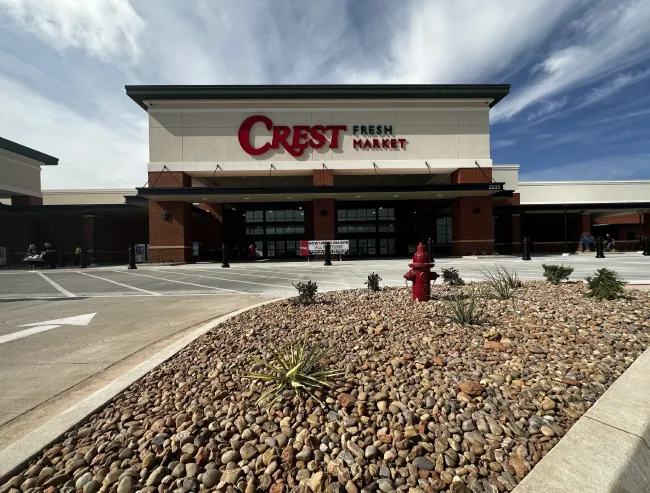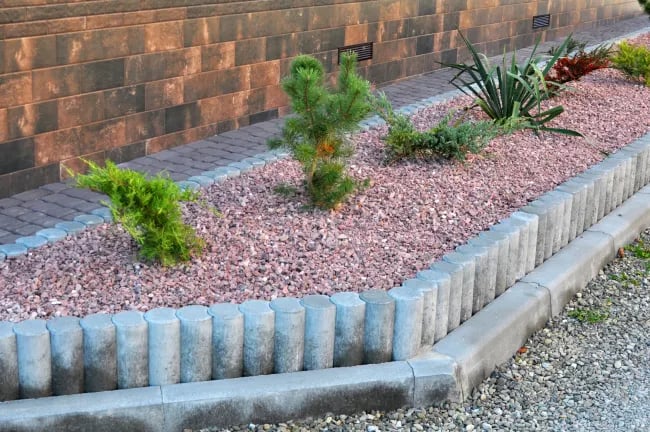In an ever-evolving world of architectural marvels and towering skyscrapers, commercial construction is at the forefront of change. While designs may captivate, at the core of every iconic structure lies a simple truth – the unparalleled significance of premium building materials. As the world of commerce continues to stretch skyward, let's dive into why material quality isn’t just a luxury, but an absolute necessity.
The Economic Impacts of Choosing Quality Over Quantity
Opting for superior materials isn't just a construction choice; it's a financial strategy. When durability and longevity are interwoven into a structure, the long-term economic implications are profound. Investing in first-rate materials upfront might strain initial budgets but promises remarkable long-term cost savings. Think of it as a defense mechanism against potential repair costs, replacements, and maintenance.
Moreover, from an investment perspective, the resale or lease value of a property is significantly influenced by the quality of its foundational materials. Discerning clients, aware of the nuanced differences in material quality, are often willing to pay a premium for properties constructed with the best. In a sense, high-quality materials are not just an expenditure but an investment in future value.
Safety and Durability: Non-negotiables in Commercial Construction
The realm of commercial construction is not a place for shortcuts, especially when lives are at stake. Superior materials bring inherent advantages such as fire resistance, structural integrity, and resilience against nature's vagaries. It's more than just about standing tall; it's about standing safe.
Choosing top-tier materials goes beyond mere aesthetics. It's a pledge to ensure the safety of every individual who walks through the doors. Special focus should be put on using the right materials like mortar, wall anchors, metal lath for thin veneer installs, etc. It’s also crucial to employ proper techniques such as fully applying mortar, allowing for drainage, etc. Whether it's the resilience of fire-retardant materials or the strength of reinforced beams, every material choice contributes to the structure's collective safety net.
Energy Efficiency and Sustainability
In today's eco-conscious world, the commercial construction sector is poised for a green revolution. Quality doesn't just refer to durability but also to eco-friendliness. High-end insulating materials, for instance, trap heat or cool air effectively, ensuring the building remains energy-efficient, subsequently slashing utility bills.
Sustainable building materials, from reclaimed wood to recycled steel, not only showcase environmental responsibility but also provide longevity. Green construction is no longer a buzzword; it's an imperative, making commercial structures both eco-friendly and economically viable.
Aesthetics and Modern Design in Commercial Spaces
Buildings, especially commercial ones, are often the face of a brand or business. Thus, the materials chosen dictate the first impression they make on visitors or potential clients. High-quality exteriors, interiors, and finishes not only ensure longevity but also elevate the building to an artwork, enhancing its visual appeal.
Moreover, as urban landscapes evolve, commercial structures need to both blend in and stand out. Quality materials, with their superior finishes and textures, play a vital role in creating structures that are timeless yet modern, classic yet avant-garde.
Technological Integration and Smart Buildings
The future is digital, and our commercial edifices are no exception. Modern structures aren't just brick and mortar; they're integrated technological marvels. This integration demands materials that are both robust and adaptable, capable of housing advanced tech systems without compromising on integrity.
Whether it's infrastructure for high-speed internet connectivity, integrated IoT devices, or advanced security systems, the quality of materials used defines how seamlessly these technologies meld into the structure, making commercial buildings smarter and more efficient.
Acoustics and Soundproofing in Commercial Settings
Silence is golden, especially in commercial settings. The cacophony of urban life shouldn't infiltrate the sanctity of offices, hotels, or commercial spaces. Premium acoustic materials, from soundproofing panels to noise-reducing ceilings, are essential to maintain a serene ambiance.
In spaces like conference rooms or auditoriums, the right acoustic materials can enhance sound quality, ensuring clarity and precision. A well-chosen material palette can thus not just block out unwanted noise but can also amplify desired sounds, optimizing auditory experiences.
Weather and Environmental Adaptability
As the realities of climate change become increasingly evident, commercial buildings must be equipped to withstand the unpredictabilities of extreme weather. Be it the scorching heat, torrential rains, or biting cold, the choice of building materials determines a structure's resilience.
In coastal areas, for example, materials need to be salt-resistant, while in seismic zones, flexibility becomes paramount. Each geographic challenge necessitates a specific material solution, ensuring structures remain unyielding in the face of nature's fury.
Reduced Maintenance and Longevity
A hallmark of quality is endurance. Premium materials, by virtue of their superior attributes, tend to demand lesser maintenance. It's a cycle of savings – invest upfront in the best materials and save on repeated repair and maintenance costs down the line.
Moreover, the longevity of a commercial structure, which often symbolizes the longevity of the business itself, is directly correlated with the quality of its constituent materials. Natural stone in particular offers an unmatched longevity and durability that keeps structures looking pristine for years to come. A structure built to last is a testament to foresight, planning, and commitment to excellence.
Regulatory and Code Compliance
The labyrinth of construction isn't just about physical building; it's also about adhering to regulations. Quality materials often already meet, if not exceed, the stringent standards set by building codes. Thus, opting for such materials not only ensures safety but also streamlines the approval processes.
It's also a matter of reputation. Commercial structures that go beyond the minimum regulatory requirements set themselves apart, signaling a commitment to safety, quality, and excellence. It's a statement that resonates with clients, stakeholders, and the community at large.
Case Studies: Triumphs of Quality in Commercial Construction
Across our urban landscapes, there stand edifices that narrate tales of unparalleled quality. Be it structures like the Burj Khalifa, The Shard, or the countless unsung heroes of the commercial construction world; their stories are underpinned by the meticulous choice of materials.
However, the annals of history also whisper cautionary tales – of structures that faltered due to material compromises. These serve as stark reminders of the importance of quality and the perils of negligence.
The Intrinsic Value of Quality in Commercial Construction
As we reflect on the intricate dance of commerce and construction, one truth emerges clear and resounding: quality isn’t just a choice; it’s an imperative. For every stakeholder, from architects to investors, ensuring the highest material standards isn't just about building structures—it's about crafting legacies.








![All About Soil Compaction: Causes, Challenges & Solutions [A Guide]](https://4445234.fs1.hubspotusercontent-na1.net/hub/4445234/hubfs/Imported_Blog_Media/plants-2411458_1920-1024x683.jpg?width=725&name=plants-2411458_1920-1024x683.jpg)
